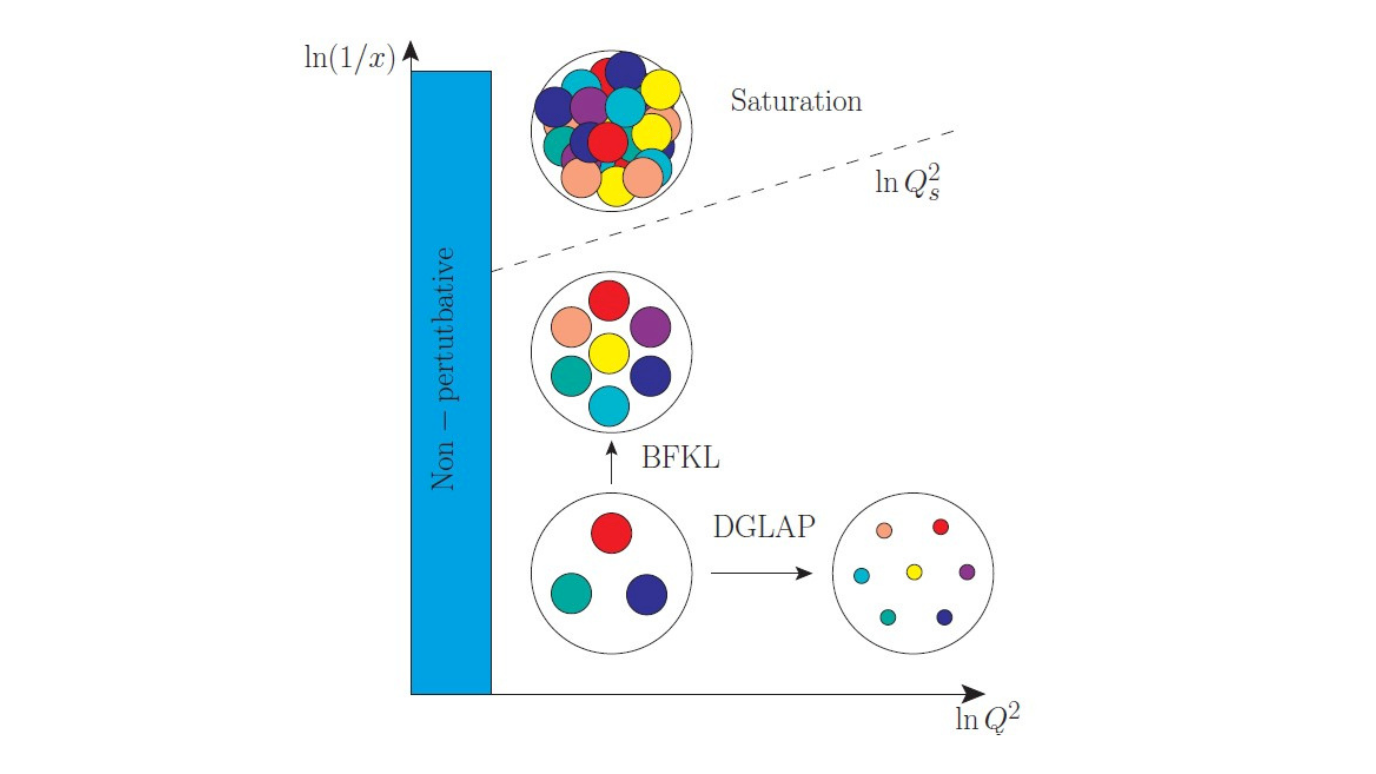Dr Michael Fucilla (Laboratoire de physique des 2 infinis - Irène Joliot-Curie)
The center-of-mass energies available at modern accelerators, such as the Large Hadron Collider (LHC), and at forthcoming generation accelerators, such as the Electron-Ion Collider (EIC), offer us a unique opportunity to investigate hadronic matter under the most extreme conditions ever reached. In particular, they allow access to the so-called Regge-Gribov (or semi-hard) limit of QCD, characterized by the scale hierarchy s ≫ {Q2} ≫ Λ2 QCD, where √ s is the center-of-mass energy, {Q} a set of hard scales characterizing the process and ΛQCD is the QCD mass scale. This kinematic limit is the stage where some of the most intriguing phenomena of strong interactions manifest themselves, such as the formation of the color-glass condensate.
In this talk, we review the physics of the semi-hard regime in its main approaches, the BFKL (linear) and the saturation (non-linear) one. We discuss major phenomenological challenges and open theoretical problems.





















